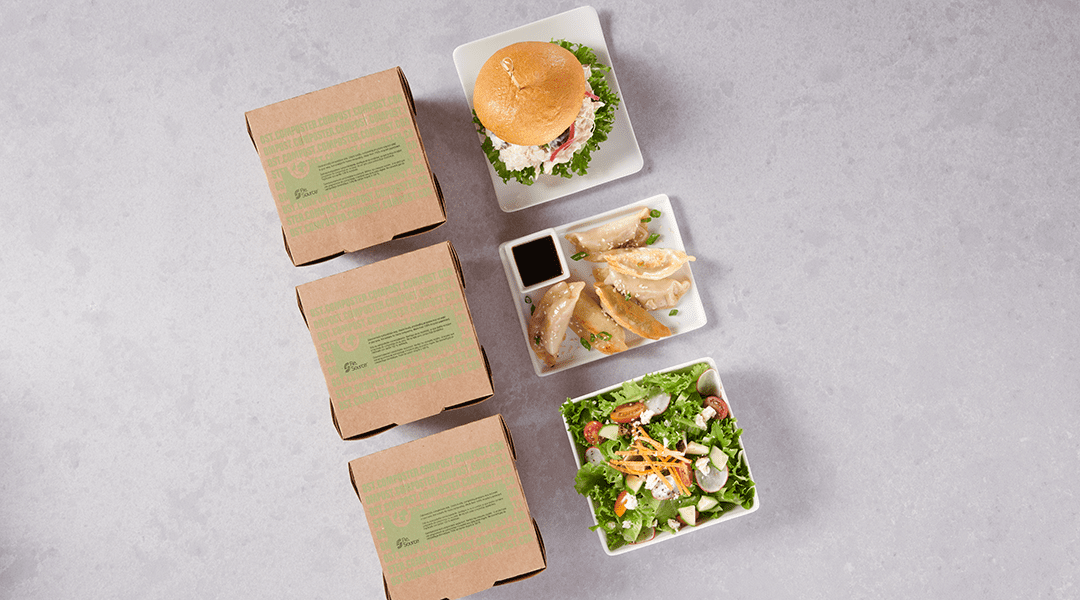A new breed of restaurant is redefining the concept of the classic chophouse. Here, Gordon Food Service Commercial Segment Manager Doug Owens’ examines this new trend, looking at its operational implications. His perspective aims to help operators looking to evolve their steakhouse or other protein-heavy concept to meet a new generation of diners. Gordon Food Service Corporate Consulting Chef Gerry Ludwig, CEC, shares his culinary insights on this new trend in this article.
I accompanied Gordon Food Service Corporate Consulting Chef Gerry Ludwig, CEC, and several other guests on a tour of new American steakhouses. Our stops included five eateries that are reinventing the traditional steakhouse experience: Boeufhaus, GT Prime and SteakBar in Chicago; Charcoal Venice in Los Angeles; and Quality Eats in New York.
While much of the research focused on culinary trends, it also was an opportunity to explore the operational ramifications of this emerging trend. This includes two main drivers for the redefinition of the classic steakhouse concept: building sales and controlling costs. Those are universal restaurant goals, of course, but the new American steakhouse achieves them in unique ways.
Before we go further, let’s acknowledge the historical challenges of the steakhouse concept. First, steakhouses are generally perceived as high-priced dining alternatives, so much so that a certain share of consumers is likely to patronize them only on special occasions or when dining on an expense account. Second, the expectations set by the term “steakhouse” can deter some groups. If someone in the group doesn’t eat meat or is on a tight budget, for example, that group may not even consider choosing a steakhouse for their get-together.
These weaknesses can also be great strengths, of course, as higher prices mean higher check averages and those with a taste for high-quality steak are conditioned to believe nobody can fulfill their expectations like a steakhouse. The emergence of the new American steakhouse is by no means an indicator that the classic American steakhouse is passé.
Indeed, this trend is not really about the steakhouse at all; it’s about the restaurant industry’s never-ending quest to broaden customer appeal.
Building sales and guest accounts
The new steakhouse drives increasing sales by appealing to a wider swath of potential guests. The presence of non-steak dishes on the menu tempts people who don’t eat red meat (or any meat at all). Smaller portions and lower-priced cuts make meal tabs more affordable for a larger range household budgets. Sharing plates cater to diners’ desire for increased socialization at meal time.
Innovate on your menu in this fashion and you’ll position your restaurant as more accessible and motivate guests to choose it more often. You still can capture higher check averages by offering a selection of premium steak dishes and pushing shareable dishes.
Controlling costs and boosting profits
Build a varied menu with a greater percentage of non-steak dishes to reduce your exposure to variable beef costs. Incorporate more vegetables to decrease your overall food costs, especially when you emphasize seasonal produce. Use lower-priced cuts of meat to trim costs even further. While you certainly will pass some of these savings along to the consumer, patrons expect steakhouse prices to be higher than other restaurants—so you still have room to make a nice profit.
5 ways to transition to new American steakhouse
The new steakhouse is an evolution, not a revolution. You can transition to the new concept at a measured pace that gives your staff and customers time to adjust. Here are few considerations for making the transition.
1. Set the table. Assess whether your existing tableware and serviceware will meet your new needs. For example, can you accommodate sharing plates with the stock you have on hand? Cross-utilize dinnerware throughout menu categories as much as possible to minimize new investments, at least at first.
2. Train. Servers need to be able to educate diners on the benefits of this approach—including more choices, bolder flavors and the ability to share dishes. The server is integral to delivering an experience that sets you apart from a traditional steakhouse.
3. Test the market. Pilot-test new dishes and menu categories through limited-time offers and specials to confirm that your staff can execute properly and that your existing customers will embrace the new approach. Phase in changes over time on a planned and methodical basis. The time you allot for testing depends entirely on your unique circumstances.
4. Revamp your menu. It’s not just about adding new items; it’s also about how these items will be presented on the menu. What categories will you use? Where will you position your steak offering relative to other categories? Is a laminated card—a staple of classic steakhouses—the best choice for a menu that now may change seasonally? These decisions also affect how you present the menu on your website and social media.
5. Get social. Market the new approach and gather guest feedback via social-media channels and your website. Emphasize that more varied flavor profiles and sharing plates encourage socialization. Get the word out that “This is not your grandpa’s steakhouse!”
The new American steakhouse is all about expanding the appeal of this venerable concept even to consumers who don’t have a passion for steak. That’s an opportunity few operators can afford to miss.




























